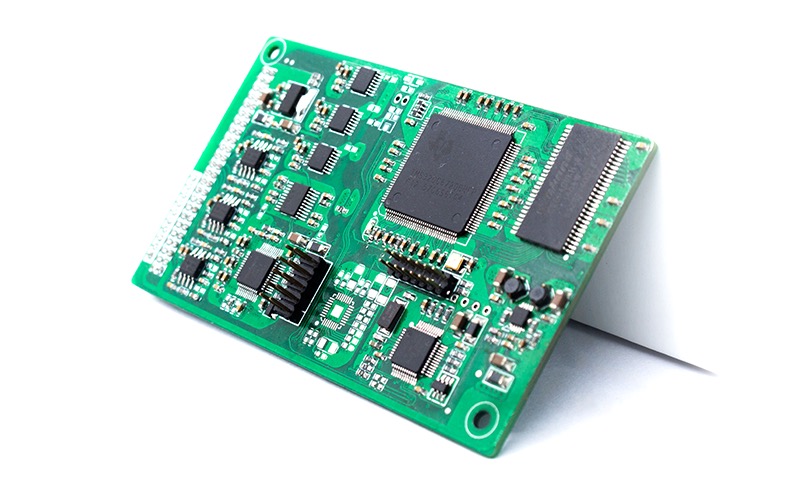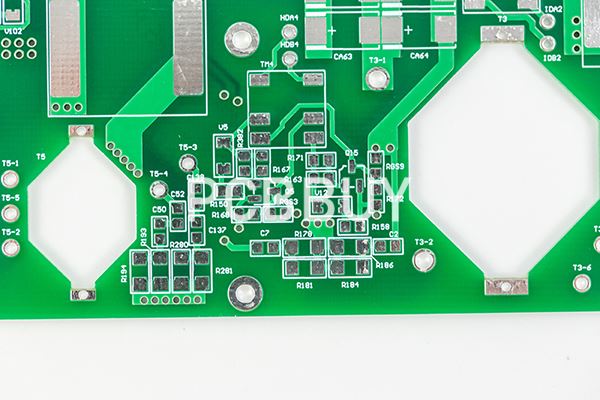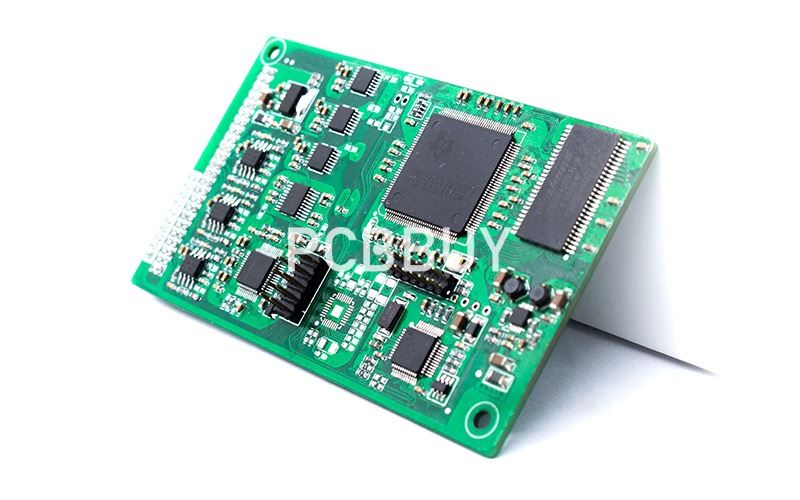How to solve pinholes on circuit boards
By:PCBBUY 12/15/2023 09:30

The pinhole issue in circuit boards is a common quality concern that can lead to reduced conductivity or even shorts and breaks in the circuit. To address the problem of pinholes in circuit boards, several methods can be employed:
Improving Hole DesignEnhancing hole design is the first step to reduce pinhole occurrence. For instance, increasing hole diameter or altering hole shapes facilitates better solder filling. Additionally, modifying hole depth helps prevent pinhole issues resulting from excessive hole depth.
Increasing Preheat TimeExtending the preheat time makes it easier for solder to fill the holes, reducing pinhole formation. During production, extending the preheat time appropriately can yield better results.

Controlling Solder TemperatureBoth excessively high and low solder temperatures may cause pinhole formation. Hence, controlling solder temperature ensures better filling of the holes. Generally, maintaining solder temperature within an appropriate range is crucial for ensuring board quality.
Adjusting Soldering ParametersSoldering parameters, including soldering time and temperature, can lead to pinhole formation if incorrect. Therefore, adjusting soldering parameters according to specific requirements helps achieve better outcomes.
Regulating Environmental HumidityHigh environmental humidity might cause moisture exposure in circuit boards, leading to pinhole formation. Hence, controlling environmental humidity is crucial to prevent moisture exposure in circuit boards. Also, equipment cleanliness and maintenance are vital to avoid pinhole issues due to equipment problems.
Using FluxThe use of flux aids in better solder filling in the holes, reducing pinhole occurrence. Adding flux appropriately during the production process can yield improved outcomes.
Replacing SolderPoor-quality solder used in the process might contribute to pinhole issues. Hence, substituting poor-quality solder with high-quality solder helps avoid pinhole problems caused by solder quality issues.
In conclusion, addressing pinhole issues in circuit boards requires a multi-pronged approach, including improving hole design, increasing preheat time, controlling solder temperature, adjusting soldering parameters, regulating environmental humidity, using flux, and replacing solder. Concurrently, proper operation of equipment and adjustment of process parameters during production are essential to ensure high-quality circuit boards.
Industry Category











